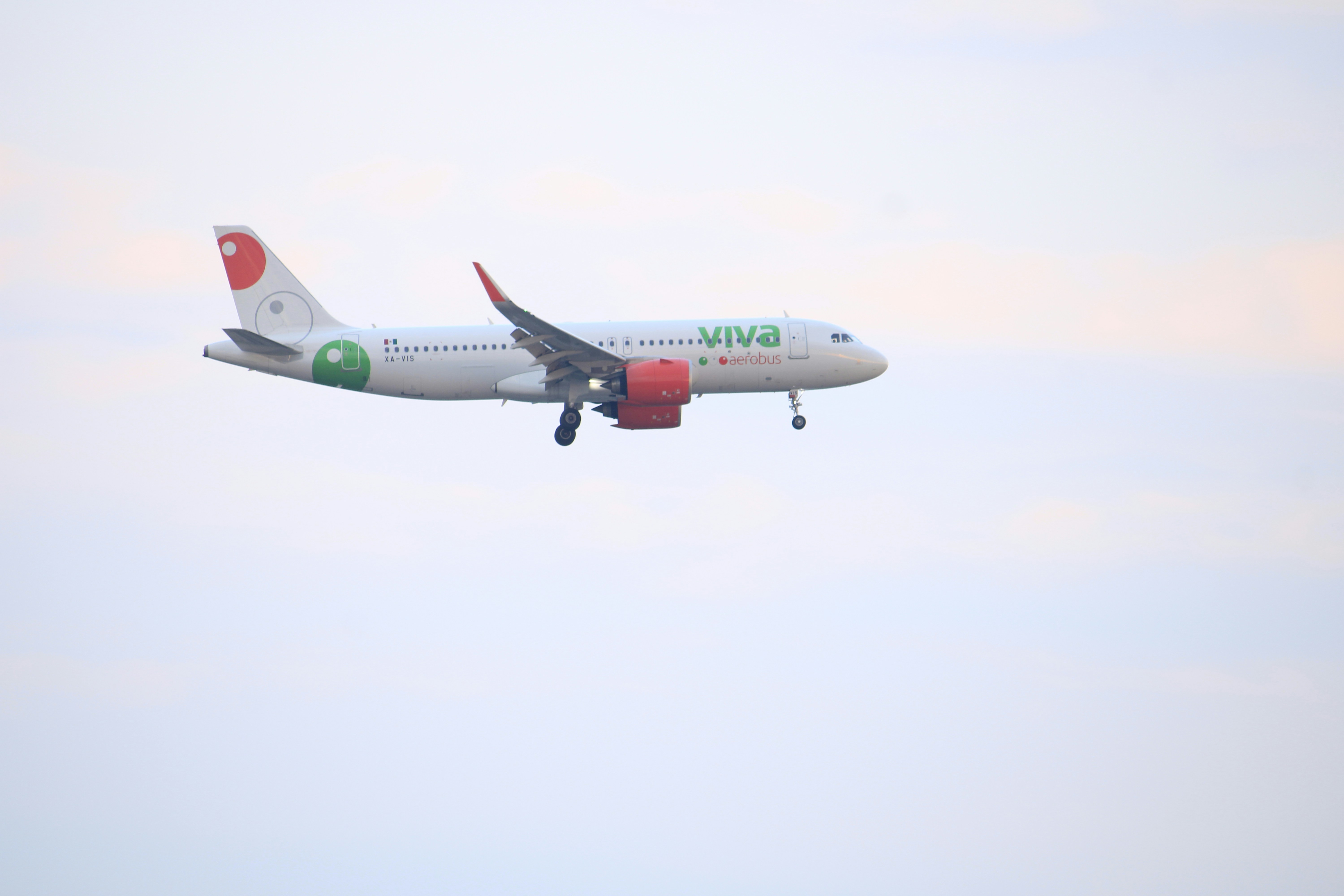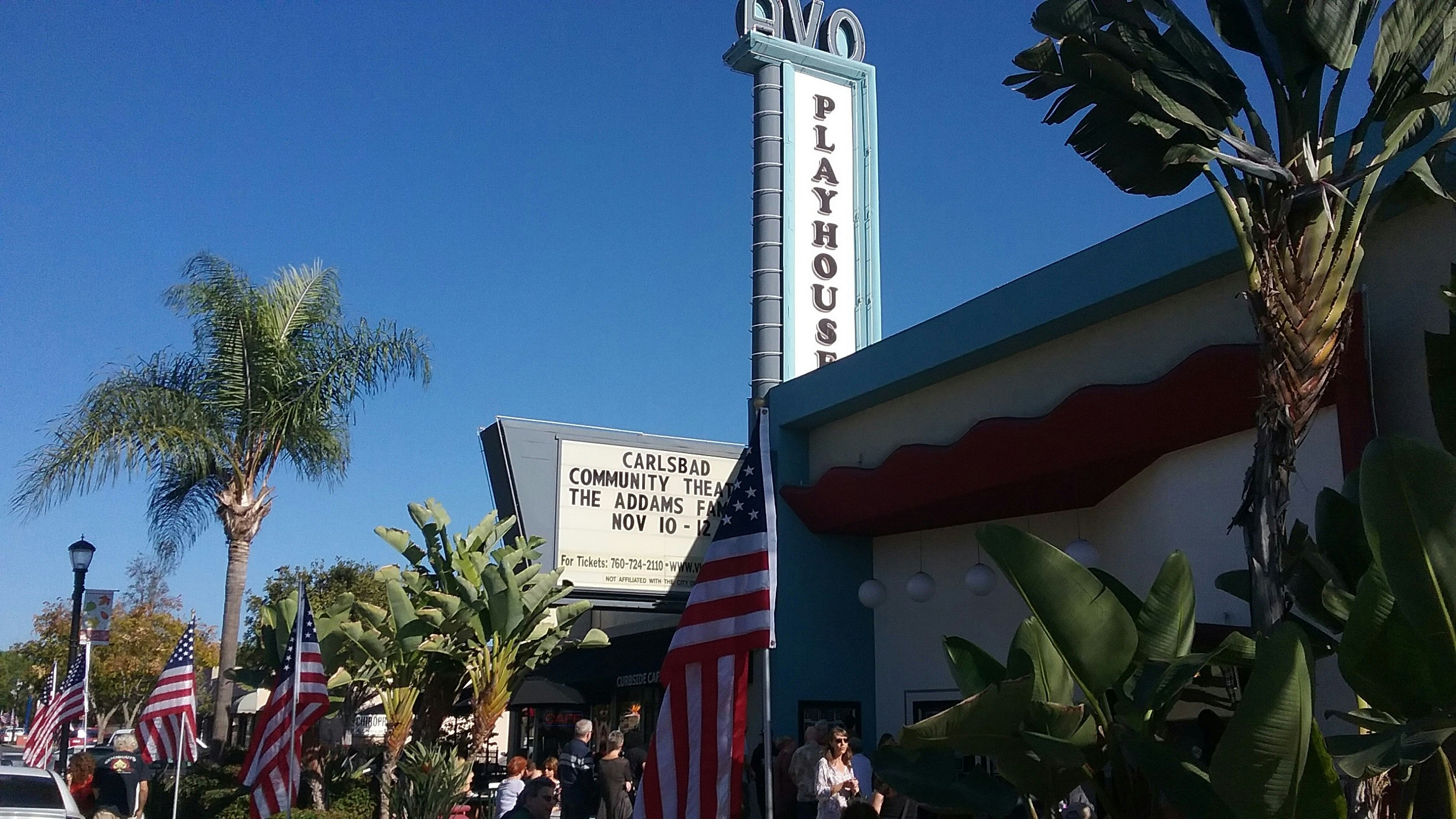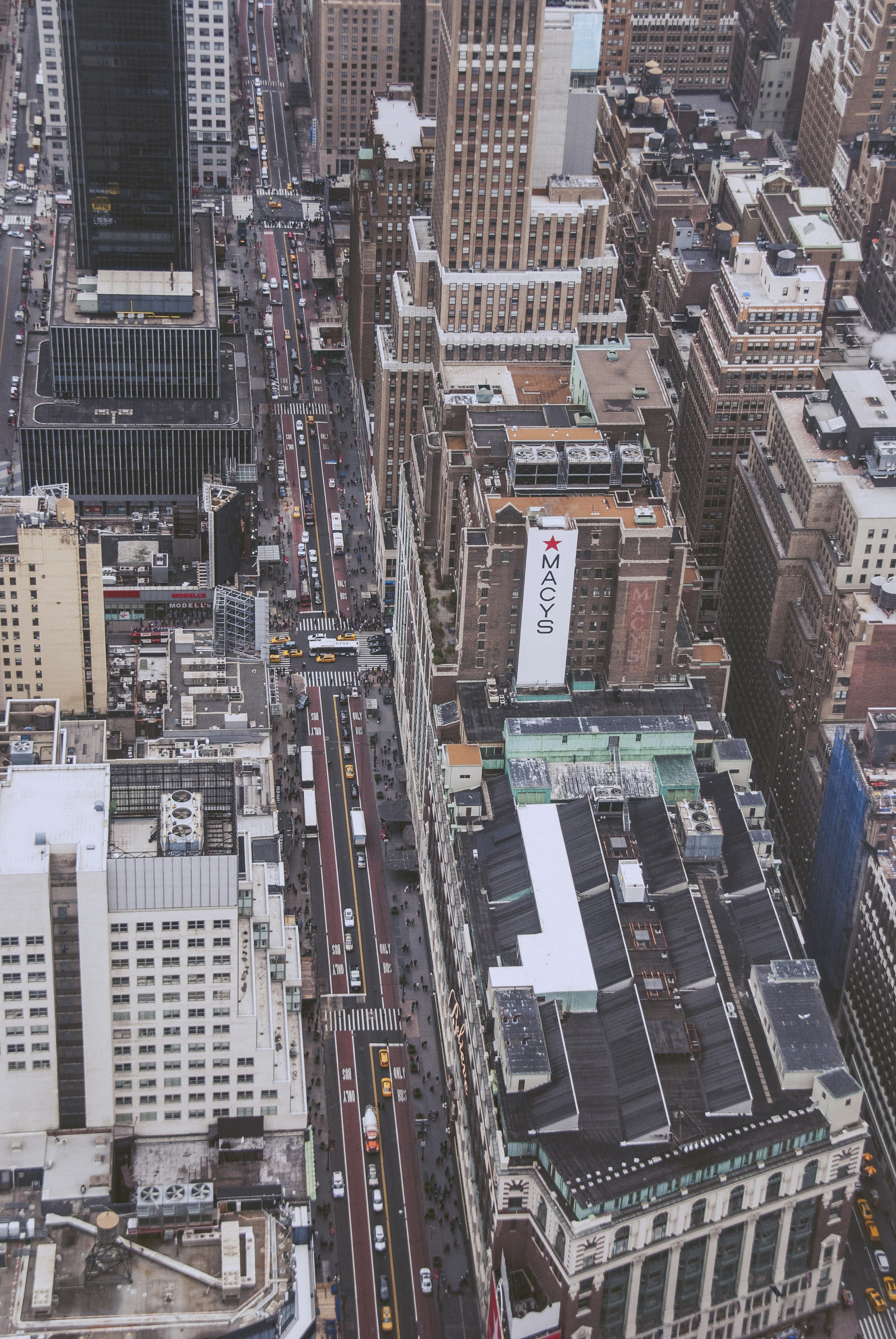Celebrating Indigenous Peoples Day: A Community Celebration at the Eiteljorg Museum

Photo by The New York Public Library on Unsplash
Introduction to Indigenous Peoples Day
Indigenous Peoples Day is a profound and meaningful observance celebrated across various regions in North America. It serves to honor, acknowledge, and reflect upon the rich history, culture, and significant contributions of Indigenous peoples. This day stands as a counter-narrative to the traditional Columbus Day, which has often overlooked the painful history and impact of colonization on Indigenous communities. By elevating Indigenous Peoples Day, communities aim to rectify historical injustices and foster a deeper understanding of Indigenous experiences and perspectives.
The significance of Indigenous Peoples Day extends beyond mere recognition; it embodies a commitment to honor the diverse cultures, languages, and histories of Indigenous tribes. This observance provides an opportunity for people from all backgrounds to learn about the land they inhabit, the traditions that have flourished for centuries, and the ongoing struggles faced by Indigenous communities today. Events and celebrations held on this day encourage dialogue, education, and the promotion of social justice, instilling a sense of respect for Indigenous sovereignty and resilience.
Community celebrations play a pivotal role in the observance of Indigenous Peoples Day. They create spaces for collective reflection, shared experiences, and interaction between diverse populations. By bringing together individuals of different backgrounds, these events foster inclusivity and understanding, bridging gaps between cultures. Participating in community celebrations allows attendees to engage with Indigenous artists, cultural representatives, and storytellers, creating opportunities to honor their traditions authentically. In this way, Indigenous Peoples Day becomes a catalyst for building relationships, promoting cultural exchange, and strengthening community ties.
Eiteljorg Museum: A Hub of Cultural Celebration
The Eiteljorg Museum, located in Indianapolis, serves as a pivotal institution for the promotion of Native American art and cultures. Established in 1989, the museum was founded by philanthropist Harrison Eiteljorg, who sought to create a space where the rich heritage of Indigenous peoples could be appreciated and sustained. This commitment to cultural education and community engagement is evident in the museum’s ongoing initiatives and varied exhibits, which showcase the depth of Native American traditions and contemporary artistic expressions.
As a hub of cultural celebration, the Eiteljorg Museum offers a diverse array of exhibitions throughout the year. Its permanent collection contains an impressive assortment of Native American artifacts, contemporary works, and traditional pieces that reflect the histories of various tribes across the Americas. Additionally, temporary exhibitions often focus on specific themes, artists, or cultural practices, providing visitors an opportunity to gain a deeper understanding of Indigenous cultures. This dedication to showcasing diverse perspectives enables the museum to foster meaningful connections between Indigenous and non-Indigenous communities.
During events such as Indigenous Peoples Day, the Eiteljorg Museum transforms into a vibrant gathering place for dialogue, learning, and celebration. The museum hosts interactive activities, performances, and workshops designed to engage visitors of all ages. These events not only celebrate Indigenous cultures but also educate the broader public about the historical and contemporary issues faced by Native communities. By fostering a spirit of collaboration and understanding, the Eiteljorg Museum plays a crucial role in bridging divides and promoting cultural appreciation, thus reinforcing its status as a cornerstone of community engagement within the region.
Highlighting Native Pride Productions
Native Pride Productions is an influential organization dedicated to the preservation and dissemination of Indigenous culture through the dynamic medium of dance. Founded by Larry Yazzie, a member of the Navajo Nation and a prominent figure in Indigenous performing arts, the group has garnered recognition for showcasing the richness of Native American traditions. Yazzie’s vision was to create a platform where Indigenous narratives could come to life, celebrating the diversity and vibrancy of Native cultures through the art of dance.
The organization emphasizes the importance of powwow dances, a vital expression within Native American communities. These dances serve not only as artistic performances but as vital cultural gatherings that reinforce community ties, pay homage to ancestors, and uphold spiritual beliefs. Powwows are characterized by their rhythm, color, and the powerful storytelling inherent in the choreography. Each dance style reflects unique histories, traditions, and tribal identities, thereby fostering a sense of pride among Indigenous peoples.
By engaging audiences through visual and participatory experiences, Native Pride Productions provides an opportunity for deeper understanding and appreciation of Indigenous culture. The group’s performances often incorporate traditional music, regalia, and storytelling elements, allowing viewers to witness the profound connection between the dance and the cultural heritage it represents. For those attending the Eiteljorg Museum’s Indigenous Peoples Day celebration, this engagement with Native Pride Productions exemplifies the vitality of Indigenous culture today and fosters a spirit of inclusiveness and respect for diverse histories. The artistic expression demonstrated by the performers not only entertains but also educates, bridging gaps between Indigenous peoples and the wider community.
Event Schedule and Activities
Indigenous Peoples Day at the Eiteljorg Museum, scheduled for October 13, promises a day filled with educational and engaging activities that celebrate Indigenous culture and heritage. The festival will kick off with a vibrant performance by Native Pride Productions, highlighting the richness of Native American artistic expressions. These performances will take place at various times throughout the day, allowing visitors to immerse themselves in the music and dance traditions that have been passed down through generations.
In addition to the performances, guided tours of the Native American galleries will be held, providing guests with an opportunity to learn about the diverse narratives, artifacts, and histories of Indigenous peoples. Led by knowledgeable docents, these tours will delve into the significance of the displayed works and cultural stories, enhancing visitors’ understanding and appreciation of Indigenous culture.
The museum will also host hands-on activities, including art-making stations where individuals of all ages can engage in creative expression inspired by Indigenous artistic traditions. These stations will provide materials and guidance to encourage participants to create their own pieces of art, fostering a deeper connection to the culture. Furthermore, garden explorations will be available, allowing attendees to discover the native plants and herbs that hold importance in many Indigenous traditions, enriching their overall experience of the day.
As the day unfolds, attendees can expect a dynamic atmosphere full of learning opportunities, cultural celebrations, and community engagement. Each activity has been designed to both educate and entertain, ensuring that Indigenous Peoples Day at the Eiteljorg Museum is a joyous and enriching experience for all who participate.
Cultural Performances: A Celebration of Dance
During the Indigenous Peoples Day celebration at the Eiteljorg Museum, attendees are in for a vibrant showcase of cultural performances by Native Pride Productions. These performances are not merely entertainment; they serve as a vital expression of Indigenous heritage and community identity. Various dance forms will be featured, including the fancy dance, grass dance, and the traditional jingle dress dance, each rich in cultural significance and storytelling.
The fancy dance, characterized by intricate footwork and colorful regalia, symbolizes the beauty and creativity of Native culture. Performers often wear elaborate costumes adorned with feathers, beads, and ribbonwork, captivating audiences with their dazzling visual appeal. This dance style is typically accompanied by fast-paced drumming and chanting, adding an auditory layer that further enhances the performance’s dynamism.
In contrast, the grass dance is known for its swaying movements that mimic the motion of grass in the breeze. This dance originated from the plains tribes and has evolved over time. The dancers wear special outfits with long fringe that dances along with their movements, reflecting the harmony between nature and culture. Grass dance performances are often accompanied by storytelling, which conveys important oral traditions and historical narratives, allowing the audience to connect deeply with the meaning behind each step.
The jingle dress dance, steeped in tradition and cultural resilience, is rooted in healing practices. Participants wear dresses adorned with metal cones that create a distinct jingling sound, symbolizing the hope and spirit of healing within Native communities. As the dancers move rhythmically, they tell profound stories of strength and renewal, fostering a sense of unity among performers and spectators alike. This dance form not only entertains but also provides insight into the traditions and worldviews of Indigenous peoples.
Overall, the dance performances at the Eiteljorg Museum embody much more than mere artistic expression; they are a celebration of Indigenous culture, connection, and storytelling. Each dance form serves as a testament to the rich heritage of Native communities and their continued relevance in contemporary society. These performances are a delightful opportunity for everyone to gather in appreciation of the cultural narratives that shape the Indigenous experience.
Guided Tours: Experiencing Native American Art
During the celebration of Indigenous Peoples Day at the Eiteljorg Museum, visitors will have the unique opportunity to participate in guided tours specifically designed to enhance their understanding of Native American art and culture. These tours will be led by knowledgeable curators who possess extensive backgrounds in the arts and histories of Indigenous communities. Their expertise ensures that participants will gain insightful perspectives on the exhibitions featured throughout the event.
The guided tours will highlight various exhibitions that showcase the rich diversity within Native American art. Attendees can expect to encounter traditional and contemporary works from a range of artists, illustrating the evolution of Native artistic expression. Each piece displayed is carefully selected to reflect the cultural significance and storytelling aspects inherent in Native American artworks. Visitors will have the chance to engage with the curators, who will share their personal connections to the works, as well as contextual information about the artists and their communities.
As the tours unfold, attendees will learn about the symbols, techniques, and narratives that are woven into Native American art. The curators will also address the historical and contemporary challenges faced by Indigenous artists, shedding light on their resilience and adaptability in a changing world. This interactive experience not only promotes appreciation for the art form but also fosters a deeper understanding of Native American cultures and traditions.
The impact of these teachings on audience members can be profound, often challenging preconceived notions and encouraging critical discussions about representation, identity, and heritage. By participating in these guided tours, visitors can enrich their knowledge and engage with Native American art in a meaningful way, ultimately contributing to a greater appreciation of its beauty and significance.
Art-Making Activities for All Ages
The Eiteljorg Museum’s Indigenous Peoples Day celebration features a variety of art-making activities designed to engage individuals of all ages, fostering creativity and a deeper understanding of Indigenous culture. These activities not only serve as a platform for artistic expression but also facilitate meaningful connections with the heritage of Indigenous communities. Participants are encouraged to explore traditional and contemporary art forms, allowing them to appreciate the diverse cultural narratives that shape Indigenous identity.
Throughout the day, visitors can participate in various hands-on projects, including pottery making, weaving, and beadwork. Each activity is carefully curated to provide insight into Indigenous craftsmanship, imparting valuable skills that participants can take home. Additionally, these art-making opportunities are designed to spark conversations surrounding cultural significance, fostering an environment of learning and respect.
Volunteers play a crucial role in guiding participants through the art-making process. Many volunteers are artists in their own right, who contribute their expertise to ensure that every participant receives personalized attention. These interactions allow participants to learn directly from individuals with lived experience, enhancing the authenticity of the activities. Facilitated by knowledgeable volunteers, these workshops often provide an overview of the materials and techniques used by Indigenous artists, further enriching the engagement.
Ultimately, the art-making activities at the Eiteljorg Museum serve as a vital link between the community and Indigenous culture, offering a creative outlet that transcends generational gaps. By encouraging individuals to express themselves artistically while learning about Indigenous traditions, the museum fosters an environment where respect and appreciation for diverse cultures can flourish. The inclusive atmosphere invites everyone, from children to seniors, to partake in this unique journey of creativity and cultural exploration.
Community Reflection and Participation
Community participation plays a pivotal role in celebrating Indigenous Peoples Day at the Eiteljorg Museum. Such gatherings offer a unique opportunity for individuals to engage with the rich cultural heritage of Indigenous communities, fostering spaces for reflection, learning, and reconciliation. These events are designed to bring together diverse groups of people, encouraging attendees to immerse themselves in the traditions, stories, and contributions of Indigenous peoples.
Attendees can participate in various activities throughout the day, designed not only for enjoyment but also for education and awareness. Workshops, discussions, and demonstrations by Indigenous artists and speakers create a platform where community members can learn directly from those with lived experiences. These interactions encourage an openness to understanding the complex histories that have shaped Indigenous identities, allowing for more profound connections to form between participants and Indigenous peoples.
Moreover, sharing experiences is a fundamental aspect of this celebration. Community members are invited to express their reflections on personal encounters or knowledge of Indigenous cultures, fostering a dialogue that respects and honors ancestral wisdom. This exchange can lead to a greater understanding of cultural nuances and the challenges faced by Indigenous communities today. By engaging in conversations enriched by varied perspectives, attendees contribute to collective healing and recognition of shared history.
Building relationships with Indigenous peoples is essential to maintaining cultural continuity and nurturing respect. The Eiteljorg Museum serves as a vital venue for these interactions, creating a welcoming environment for Indigenous voices to be heard and appreciated. Public participation during Indigenous Peoples Day encourages attendees to not only celebrate the present but also to contemplate the ongoing journey toward social justice and equity for Indigenous communities.
What to Expect During the Celebration
Attending the Indigenous Peoples Day celebration at the Eiteljorg Museum promises an enriching experience for individuals and families alike. The museum will be open from 10 AM to 5 PM, allowing ample time for visitors to explore various exhibits before and after the scheduled activities. It is advisable to arrive early to secure parking and to enjoy the full array of presentations and programs planned for the day.
The celebration aims to foster a welcoming atmosphere, ensuring everyone feels included and valued. Accessibility is a priority at the Eiteljorg Museum, with various accommodations available for guests with different needs. Wheelchair access is provided throughout the facility, and sensory-friendly offerings will be available for those requiring a quieter environment. If anyone has specific requirements or queries, the museum staff will be more than willing to assist and ensure a comfortable visit.
To enhance your experience, consider participating in the various activities organized for families. Interactive workshops, cultural performances, and storytelling sessions are just a few of the engaging options available. Children and adults alike will have opportunities to learn about Indigenous cultures and histories through hands-on activities and meaningful dialogues led by knowledgeable facilitators. It is highly encouraged to partake in these programs, as they not only provide educational value but also stimulate community interaction and connection.
While visiting, take advantage of the museum’s beautiful surroundings. The outdoor areas offer a peaceful retreat for families wishing to relax or enjoy a picnic together during breaks. Furthermore, ensure to browse the museum shop for unique crafts and items created by Indigenous artists, a wonderful way to support the community while commemorating the spirit of the day. Overall, this event provides a perfect opportunity to celebrate Indigenous heritage while embracing a sense of community.




